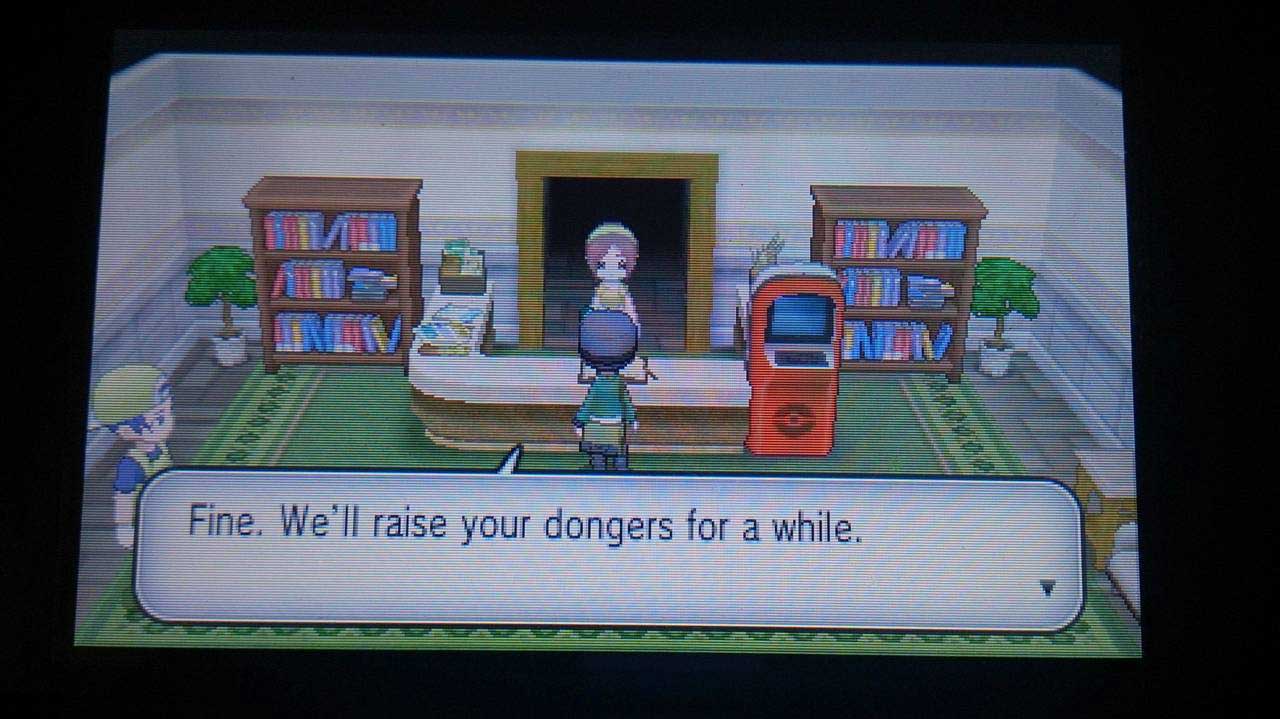
Kaomoji
Kaomoji are what most people are talking about when they say “Japanese emoticons”. These are text based emoticons that are created by using Japanese and other 2-byte characters that English or Roman keyboards don’t easily have access to. They originated in Japan but are used all over the world now.In English or other Roman languages you’re restricted to Roman letters and simple punctuation. That’s why Western emoticons tend to be simple like :) or ;P.When you add in 2-byte characters from other languages you get way more possibilities to form emoticons. This is why Japanese emoticons can get quite complicated and awesome like โ๏∀๏ใ or ƪ(ƪ꒪ৱ৹).The name kaomoji literally translates to English as “face mark”. This is why sometimes you see these emoticons referred to as facemarks.Singular and plural words work a bit different in Japanese so a single emoticon is called a kaomoji and multiple emoticons are also called kaomoji. Sometimes you see people refer to multiple kaomoji as kaomojis but that’s technically grammatically incorrect.The emoticons you’ll find on this website are all kaomoji emoticons and the easiest way to use them is to copy and paste. Some of them are so crazy that I have no idea how someone ever invented them.You can view our entire collection of kaomoji here or select a category using the main menu of the website.Emoji
Emoji are a completely different kind of emoticon from kaomoji although often people incorrectly refer to kaomoji as emoji.Emoji are tiny 12×12 pixel images that were originally used on mobile phones in Japan.They were invented in 1998 or 1999 (it looks like the Internet isn’t quite sure of the exact date) by Shigetaka Kurita and the word emoji literally translates as “picture letter”.Emoji have been standardized across all devices and they’ve even been incorporated into Unicode so they can be used in places that don’t technically support emoji. You can also use emoji in certain programs and operating systems such as Gmail or Apple’s Mac OS X operating system.There are only a certain number of official emoji emoticons and they’re divided into the following categories: people, nature, objects, places and symbols. Because these emoticons originated in Japan a lot of them are items related to Japanese culture.This hasn’t stopped people from creating their own emoji style emoticons though such as Game of Thrones emoji or Seinfeld emoji. These “unofficial” emoji emoticons though can’t be used like the “official” ones and often require their own apps.You can learn more about emoji on our emoji page and check out our master emoji list as well.